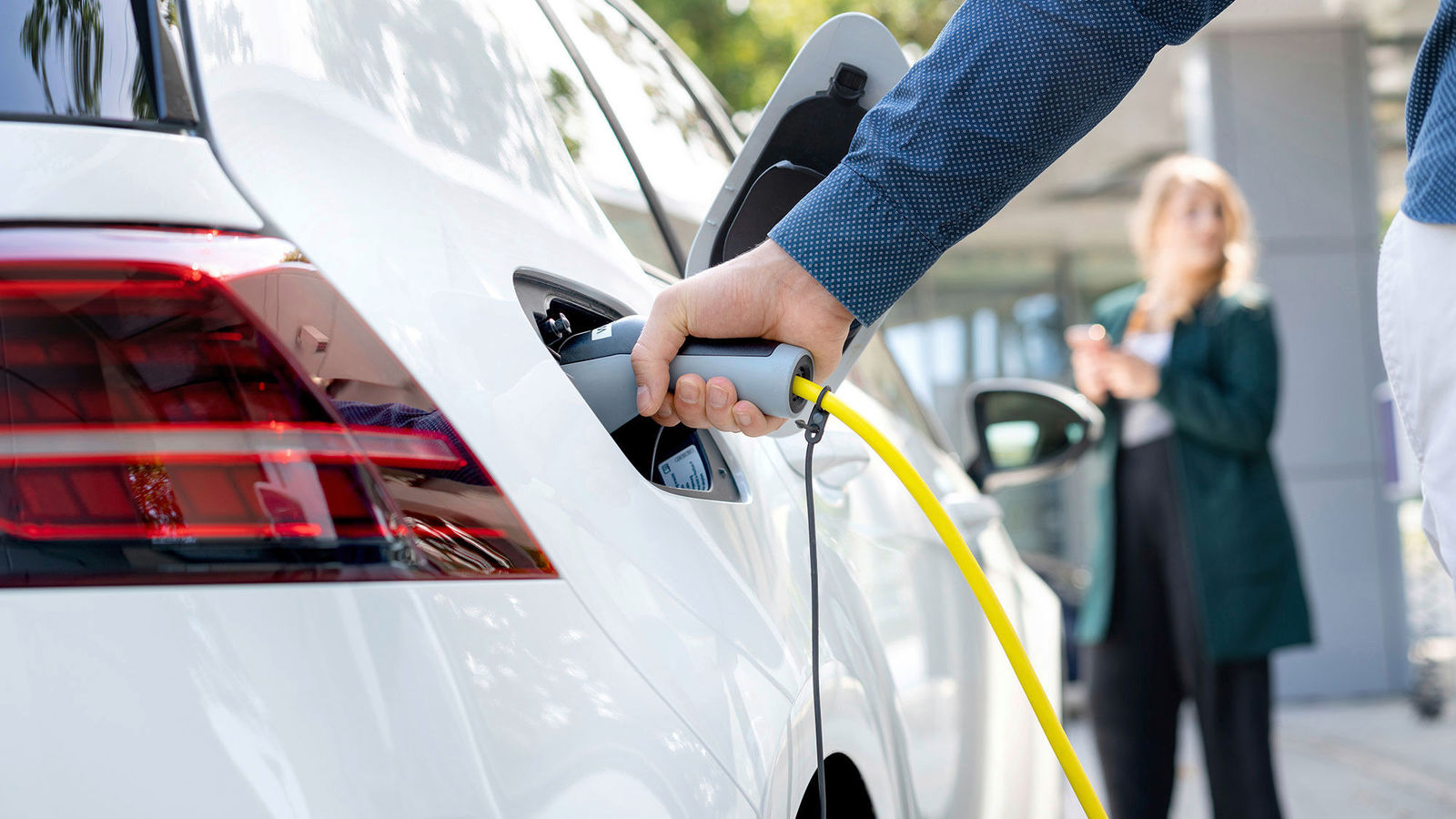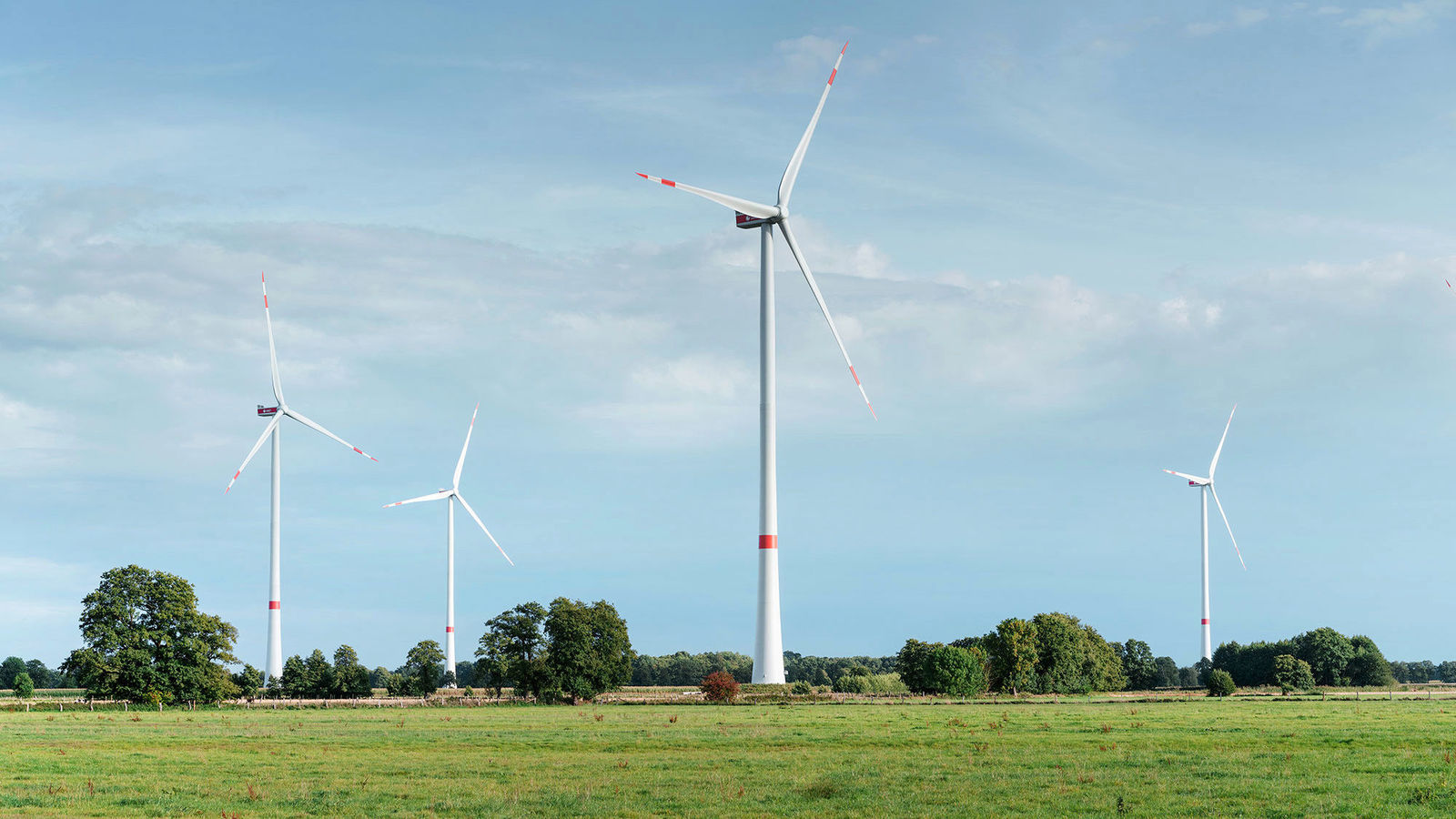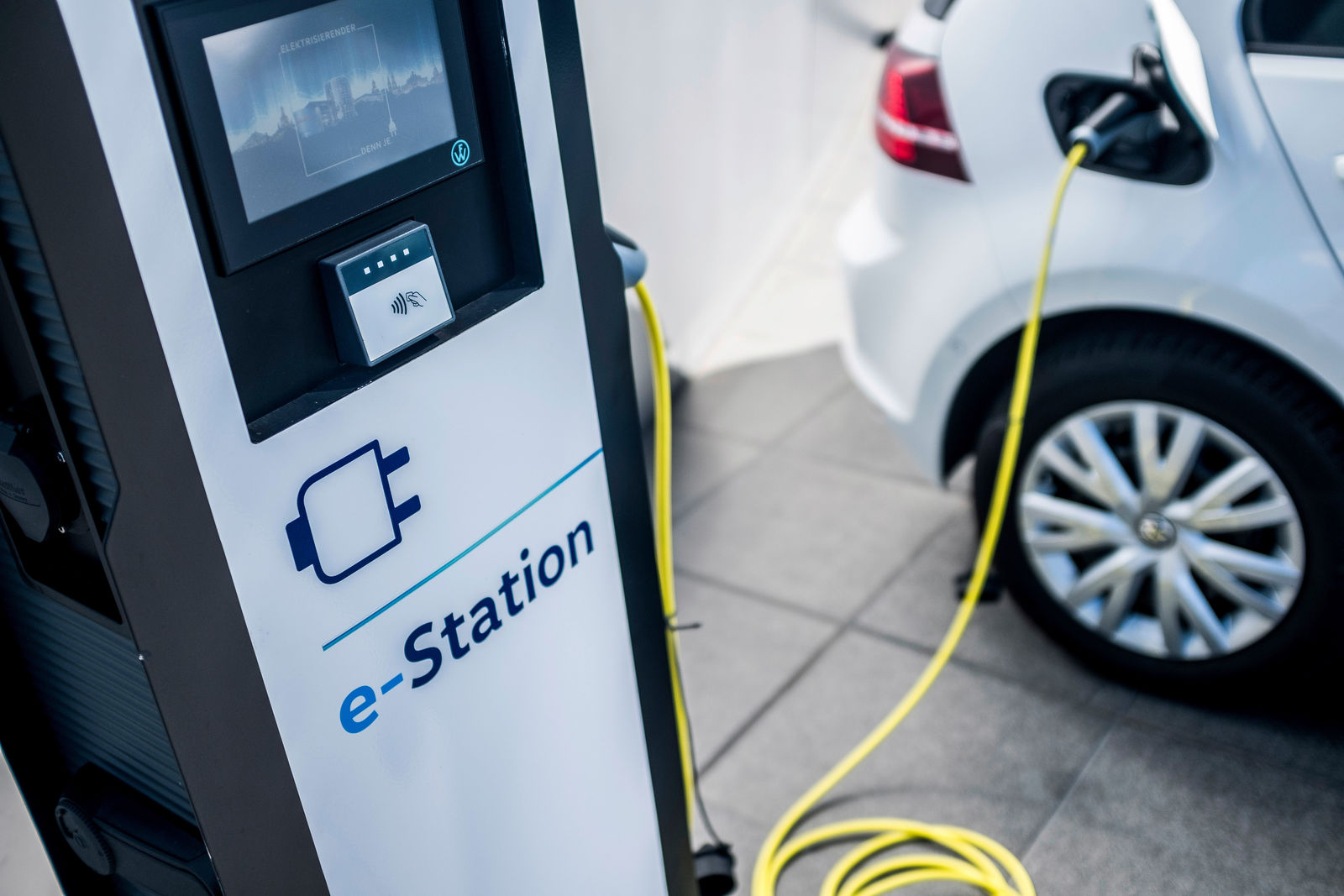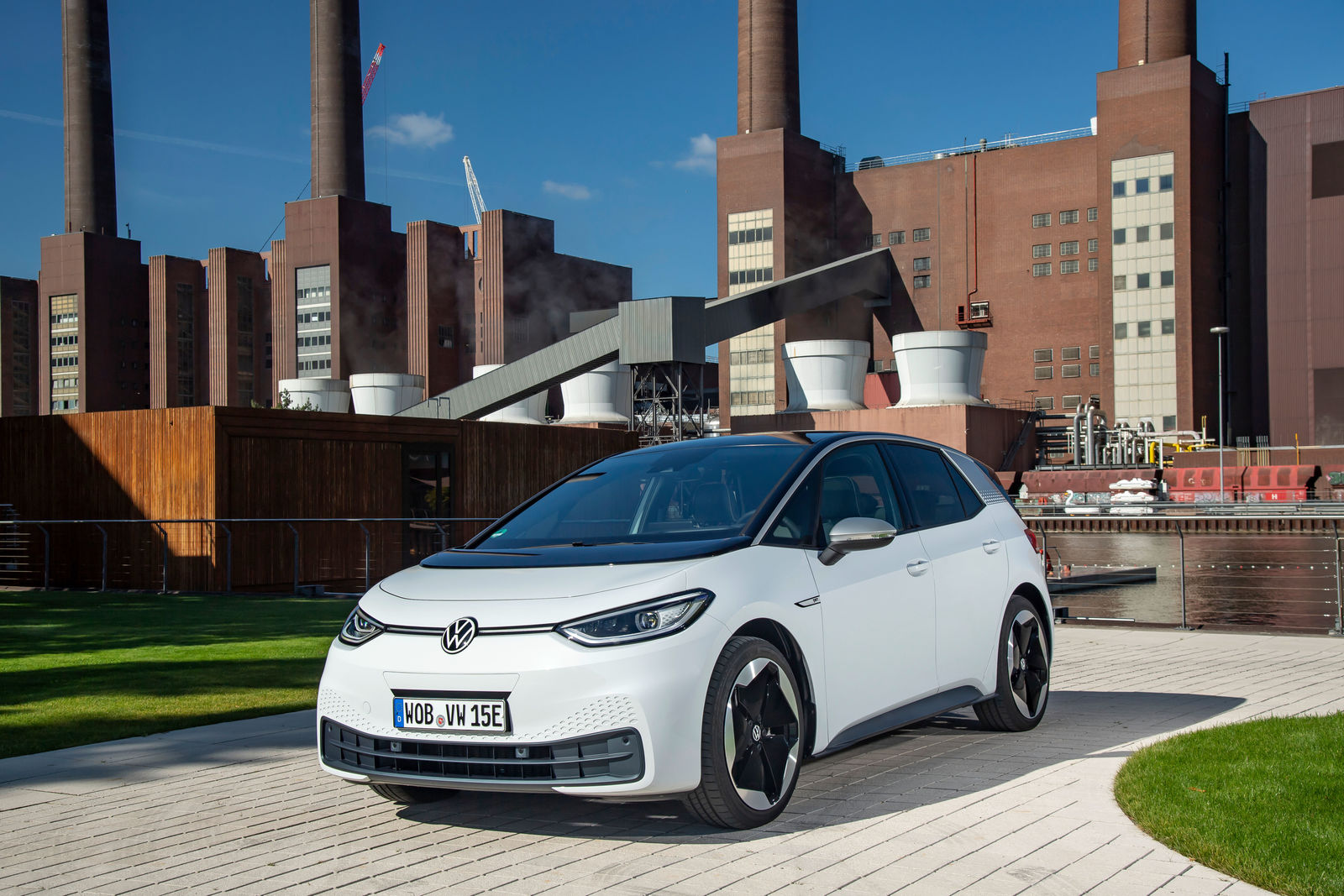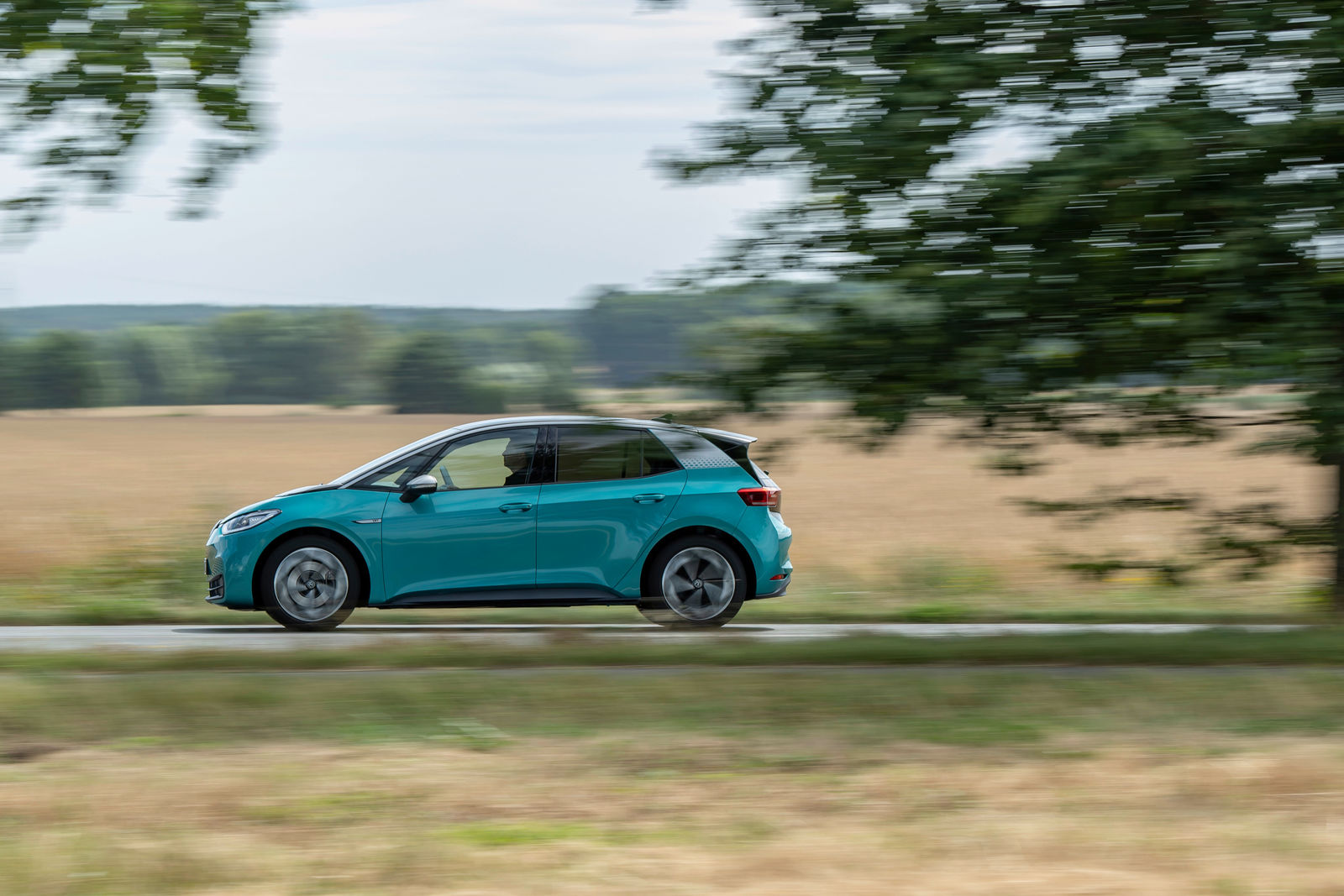What makes sense where?
In the case of passenger cars, we should have the courage to make a clear decision and say: The race has been run, in favor of e-drive propulsion. It makes no sense here to spend money on experiments. The same applies to decentralized building heating: We should not evaporate scarce capital in areas where hydrogen clearly has no future. In other sectors, however, such as trucks, the best solution has not yet been determined. That’s where we need to organize a research process. And then there is a third sector where hydrogen is indispensable. This applies, for example, to the iron and steel sector or the chemical industry.
Isn’t openness to technology better than being tied down?
The often-criticized lack of technology openness is partly a myth. Take the purchase premiums for cars: in Germany, you get the same subsidy for electric vehicles as for fuel cell cars, and both are treated equally in the European fleet limits. The distortion is actually the other way around: in the current EEG amendment, electricity for the production of hydrogen is largely exempted from the levy. That is also correct. But why doesn’t that apply to the electricity used to charge electric cars or for powering heat pumps? This is a bias in favor of hydrogen – even if interested circles claim otherwise.
Do you see niches for other solutions – synthetic fuels, for example?
Yes, in air travel and parts of shipping where there is no alternative. There will always be other small niches. But this is not a path that should be pushed on a large scale. The conversion technologies are too inefficient for that and also too costly in the longer term.
Critics say: We should be climate neutral well before 2050. What would that change?
You can set very ambitious targets in terms of standards. But at the end of the day, they also have to fit in with the investment cycles – we’re talking about 12 years for cars, 20 years for steel mills, 30 years for buildings and at least 50 years for infrastructure. That’s hard to reconcile with climate neutrality in 2035. I know that these are painful discussions – but we must not kid ourselves either. We have lost a decade in climate policy – you can’t just make up for that.
What does a realistic path look like?
We must try to move forward as quickly as possible. One obvious example is the charging infrastructure for e-cars. At least in major cities like Berlin, we are well positioned for today – but there is a lack of charging stations for strong growth. These need to be built quickly. In the case of heating networks, too, the maxim can only be: Expansion, expansion, expansion. At the same time, we need to organize the ramp-up of hydrogen in industry. If a blast furnace in a steel mill is refurbished at great expense, it can’t be corrected after a few years. Or it will be very expensive. In addition, we must promote the exit of CO2-intensive capital stocks from the market. And we must not forget the social issue.
